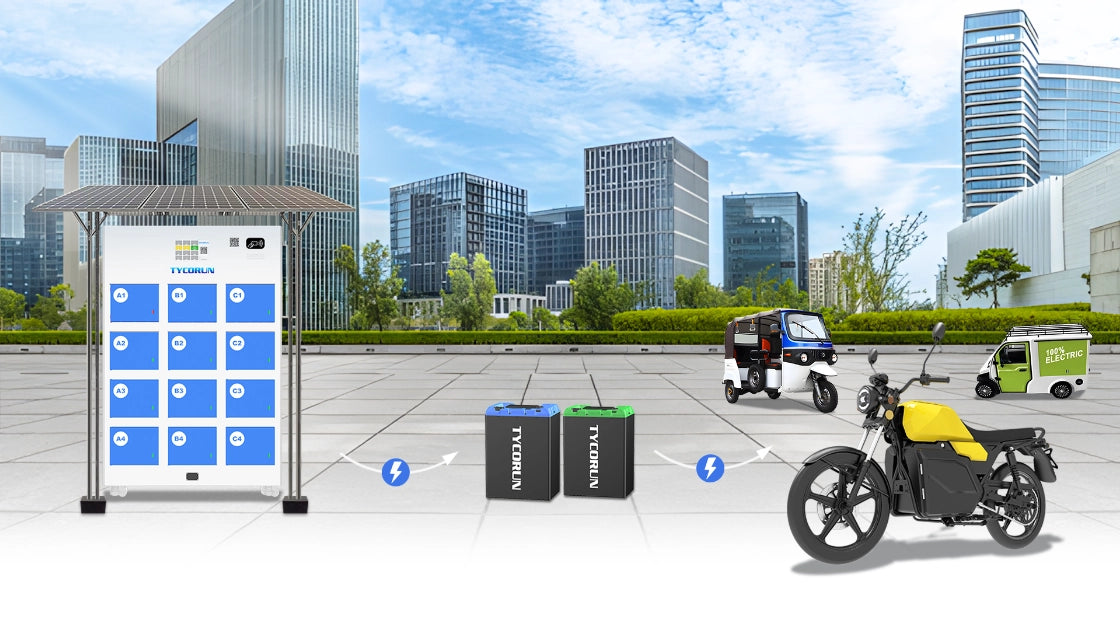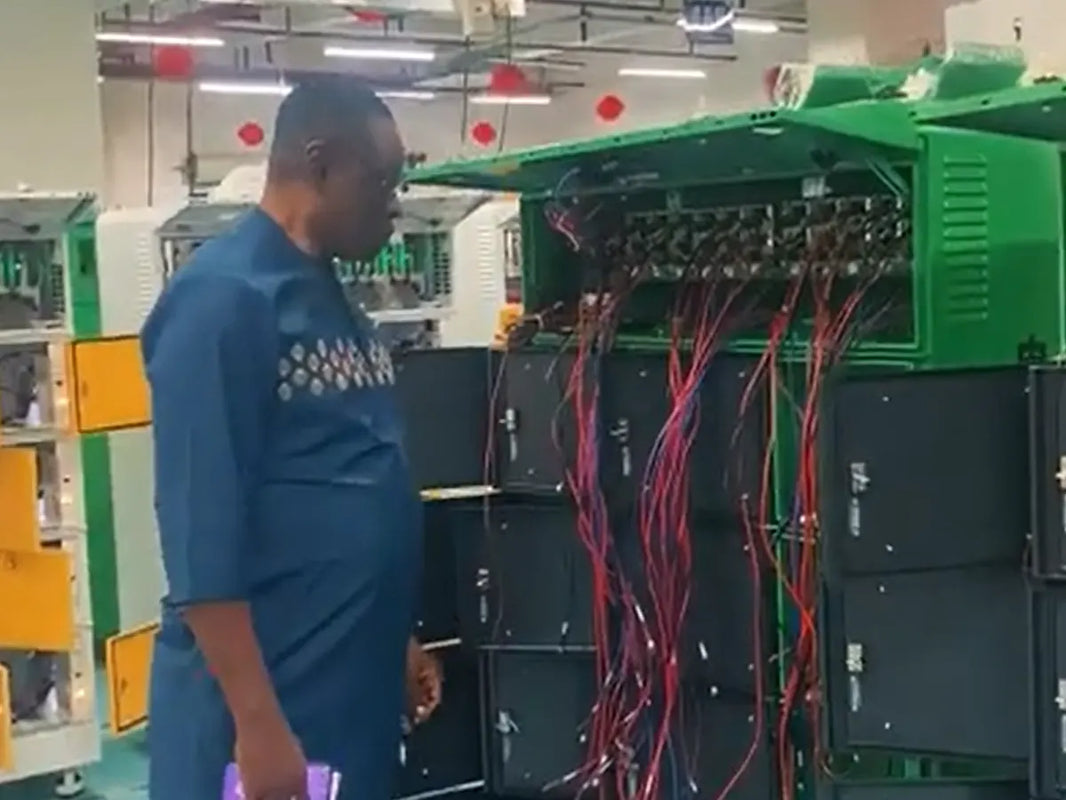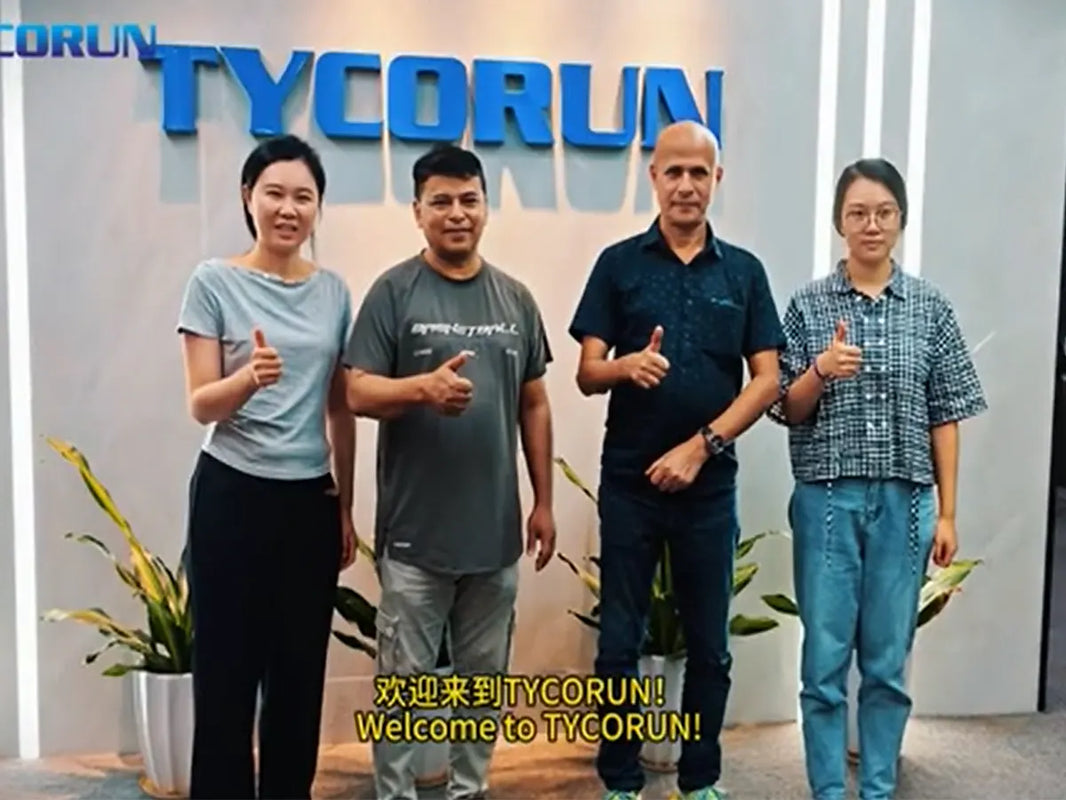
Main content:
- The development of swappable battery technology
- Improved battery energy density and endurance
- Optimized charge and discharge performance
- The key role of the battery management system
- Security design and assurance
- Battery recycling and cascade utilization technology
- Advantages of battery swapping
- Future development trend of battery swap for electric two wheeled vehicles
- Conclusion
With the widespread adoption of electric two-wheelers, battery charging time has become a major issue for mobility. While traditional charging methods take several hours, swappable battery technology allows for a full charge in a fraction of the time, significantly satisfying users' need for convenience. As a core technology, swappable battery technology represents a significant milestone in the development of electric two-wheeler batteries. This article will explore the advantages of battery swapping, the innovations in swappable battery technology, and its future development trends.
The development of swappable battery technology
In the field of two-wheel battery swapping, the shift from lead-acid batteries to lithium batteries is becoming a significant industry trend. This transformation is more than just a simple replacement of battery types; it involves a series of breakthroughs and innovations in core technologies, profoundly impacting the efficiency, safety, cost, and user experience of two-wheel battery swapping. The following are specific examples of breakthroughs in swappable battery technology:
Improved battery energy density and endurance
Lithium batteries have significantly higher energy density than traditional lead-acid batteries. While lead-acid batteries typically have an energy density of 30-50 Wh/kg, lithium batteries can reach 100-260 Wh/kg or even higher, with specific values varying depending on the lithium battery system (e.g., lithium iron phosphate batteries, ternary lithium batteries, etc.). This increased energy density means that lithium batteries can store more energy within the same mass and volume, thus providing longer range for two-wheeled electric vehicles.
For applications such as urban commuting and delivery, this enhanced range significantly expands the applicability of two-wheeled battery swapping. Users no longer need to frequently replace batteries, reducing the inconvenience caused by range anxiety and improving operational efficiency. For example, delivery drivers can complete more deliveries on a single full charge, reducing the number of trips back to the depot for battery replacement, saving time and costs, and ultimately improving overall economic benefits.
Optimized charge and discharge performance
Lithium batteries offer significant advantages in charge and discharge performance. First, they charge faster, enabling them to replenish large amounts of energy in a relatively short period of time. Under specific charging conditions, lithium batteries using fast-charging technology can charge to approximately 80% in half an hour or even less, compared to lead-acid batteries, which often take several hours. This is crucial for two-wheeled battery swapping services, accelerating battery turnover, improving the service capabilities of swapping stations, and meeting the swapping needs of more users.
In terms of discharge performance, lithium batteries deliver more stable power output, maintaining a relatively stable voltage platform, unlike lead-acid batteries, which experience a sharp drop in voltage at the end of discharge. This ensures more stable power during operation for two-wheeled vehicles equipped with lithium batteries, avoiding power loss and jerking caused by battery voltage fluctuations, and enhancing the user experience. The advantages of lithium batteries are particularly pronounced in conditions requiring high power output, such as climbing and accelerating.
The key role of the battery management system
Lithium battery management systems are a core technology in the lead-to-lithium transition. A BMS for lithium-ion batteries monitors and precisely controls parameters such as voltage, current, and temperature in real time, ensuring safe and stable battery operation. Furthermore, a BMS prevents overcharging and over-discharging.
Overcharging can cause irreversible chemical reactions within the battery, leading to safety hazards such as bulging, combustion, and even explosion. Over-discharging, on the other hand, can damage the battery's lifespan and performance. Through precise control, the BMS automatically disconnects the charging or discharging circuit when the battery is nearly fully charged or nearly discharged, protecting the battery from damage.
On the other hand, the BMS is crucial for battery temperature management. Lithium batteries generate heat during charging and discharging. If this heat cannot be dissipated promptly, the battery temperature can overheat, accelerating battery aging and performance degradation, and even leading to dangerous conditions such as thermal runaway.
The BMS monitors the battery temperature in real time using a built-in temperature sensor. When the temperature exceeds the normal range, it activates the cooling fan or thermal management system to cool the battery, ensuring that the battery remains within the optimal operating temperature range, extending its lifespan and ensuring safety and reliability during battery swap.

Security design and assurance
Lithium battery safety is a key concern in two-wheel battery swapping applications. To ensure safety, optimizations have been made throughout the battery material selection and structural design. For example, cathode materials with improved thermal stability (such as lithium iron phosphate) are used, which are less susceptible to decomposition and thermal runaway reactions at high temperatures, resulting in higher safety compared to some traditional ternary lithium battery materials. Furthermore, improvements have been made to the battery electrolyte, enhancing its flame retardancy and chemical stability, reducing the risk of fires caused by electrolyte leakage.
In terms of battery structural design, lithium batteries typically feature a more robust casing and protective measures to effectively prevent damage to the battery interior from external forces such as impact and puncture. Furthermore, during battery pack assembly, rational layout and isolation design reduce safety risks caused by short circuits and other faults between cells, ensuring the safety of lithium batteries is fully guaranteed even in complex operating environments and during frequent battery swaps.
Battery recycling and cascade utilization technology
With the widespread adoption of lithium batteries in the two-wheel battery swap market, lithium battery recycling and cascade utilization have become crucial technologies. Lithium batteries contain a variety of valuable metals and materials, such as lithium, cobalt, and nickel. Effective recycling not only reduces raw material mining costs and environmental impact, but also further lowers the overall cost of two-wheel battery swaps.
Battery recycling technologies include both physical and chemical methods. Physical methods primarily involve disassembly, crushing, and screening to perform preliminary processing on used batteries, separating the battery casing and electrode materials. Chemical methods utilize chemical reactions to dissolve and extract valuable metals from the battery, enabling resource recovery and reuse.
Cascade utilization technology, based on the remaining battery capacity and performance of retired lithium batteries, applies them to applications with relatively low performance requirements, such as low-speed electric vehicles and backup power for energy storage power stations. Through cascade utilization, the residual value of retired lithium batteries can be fully utilized, extending their service life, improving the economic and environmental benefits of the entire battery industry chain, and providing strong support for the sustainable development of the two-wheel battery swap industry.
Advantages of battery swapping
High safety: The battery swap model effectively prevents fires caused by battery failure, overcharging, and other issues during the charging process. Battery swap cabinets are typically equipped with specialized charging equipment and safety features, enabling real-time battery monitoring and management to ensure safe charging.
High convenience: The battery swap model significantly reduces charging time for e-bikes. Users simply scan a QR code at the battery swap cabinet, insert a used battery, and remove a fully charged one. The entire process typically takes about a minute, instantly fully charging the e-bike.
Professional battery management: Battery swap operators typically utilize a professional battery management system that provides regular battery maintenance and testing, extending battery life.

Future development trend of battery swap for electric two-wheeled vehicles
Technological Innovation: In the future, swappable battery technology will integrate with advanced technologies such as batteries, AI, the Internet of Things (IoT), big data, and cloud computing. For example, IoT will allow users to query the status and quantity of batteries in battery swap cabinets in real time. Using big data, battery swap operators can analyze user habits and optimize the layout of battery swap cabinets and battery management.
Business Model Innovation: With battery swapping for electric two-wheelers at the core, new business models and industry chains will gradually emerge. For example, battery swapping operators can collaborate with electric bicycle manufacturers, battery manufacturers, and financial institutions to jointly build a battery swapping ecosystem.
Policy Support: As the electric bicycle battery swapping market continues to develop, the government will further strengthen policy support for the battery swapping industry. For example, subsidies for battery swapping infrastructure will be introduced to encourage companies to increase investment in these facilities. Standards and specifications for battery swapping services will also be established to improve the quality and safety of these services.

Conclusion
The transformation of swappable battery technology is a systematic undertaking. Batteries, as a crucial component of battery swapping, encompass multiple core technical aspects, including increasing battery energy density, optimizing charge and discharge performance, upgrading battery management systems, ensuring safety, and recycling and cascading utilization. The continuous development and improvement of these battery swapping technologies will drive the two-wheeled battery swapping industry towards greater efficiency, safety, environmental friendliness, and economics, providing more reliable solutions for green urban transportation and last-mile logistics and distribution.
As a globally renowned battery swapping solution provider for electric two-wheelers, TYCORUN is committed to providing customers with customized battery swapping solutions. TYCORUN offers comprehensive solutions including batteries, battery swapping cabinets, electric motorcycles, and a battery swapping app. TYCORUN has shipped samples to over 30 countries, has 12 international success stories, and has a global customer base. If you're looking to pioneer new electric two-wheeled mobility in your country, TYCORUN is your most trusted partner!
Related posts: battery swapping station classification, battery swap station system solutions, battery swapping stations business model
















